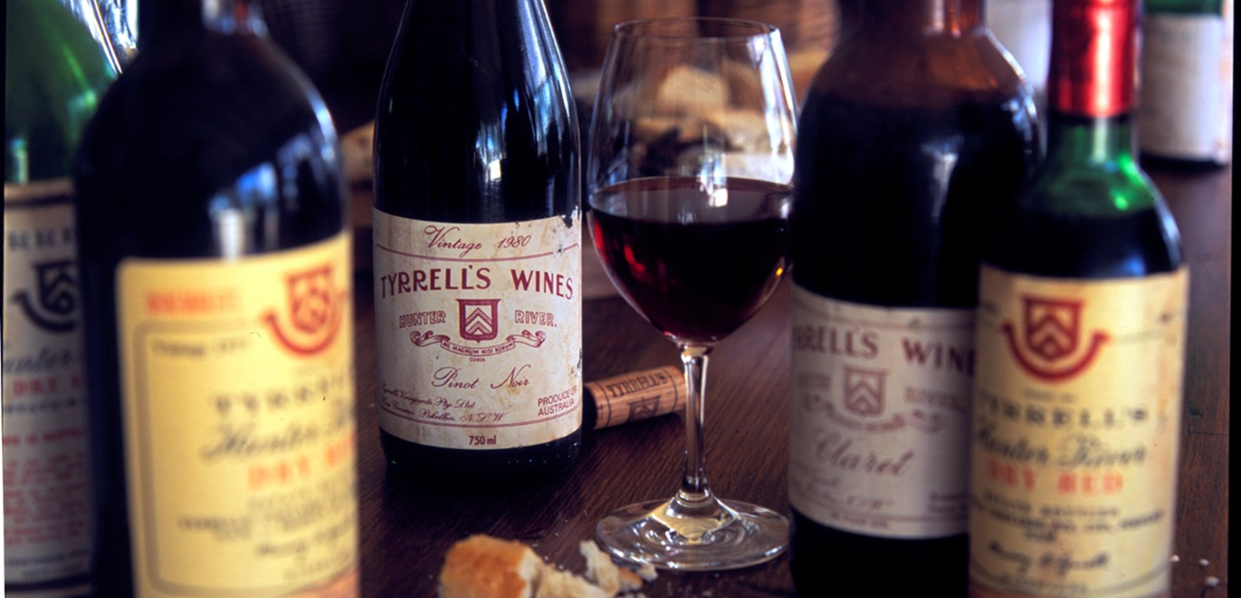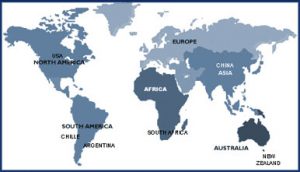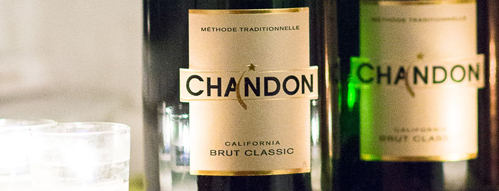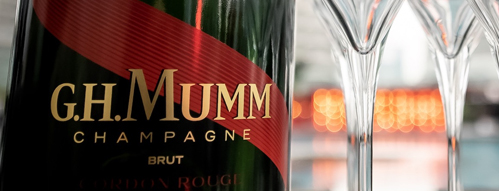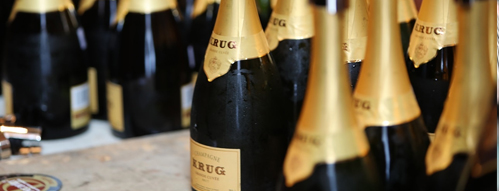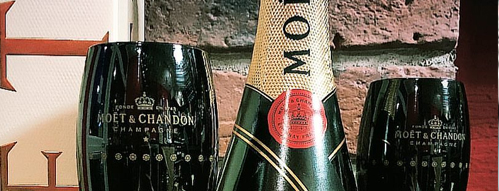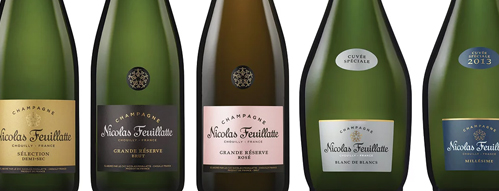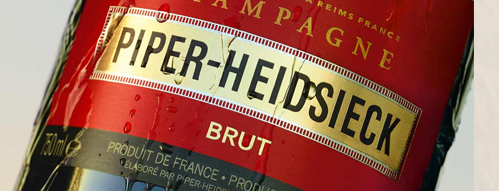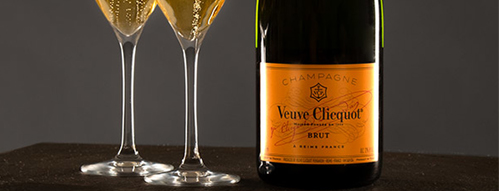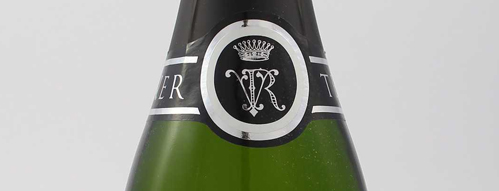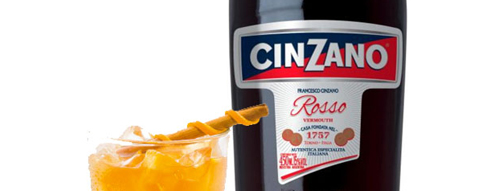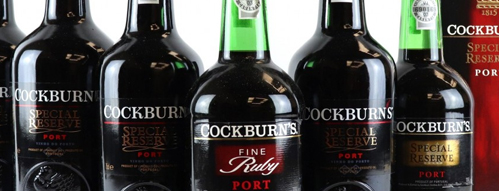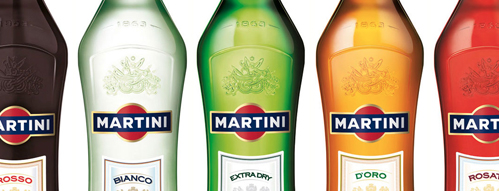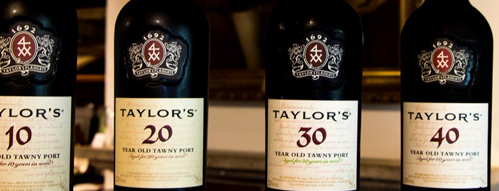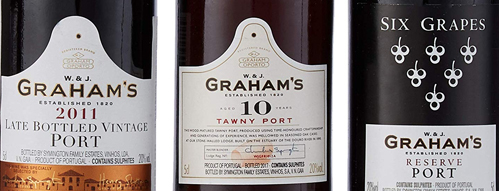PRODUCT KNOWLEDGE
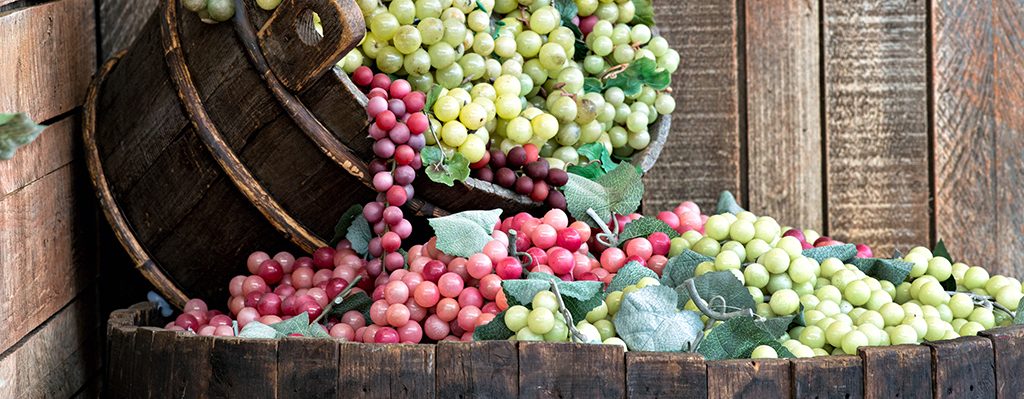
Old World Wine
French Wine is produced in several regions throughout France. France has the world’s second-largest total vineyard area, behind Spain, and competes with Italy for the position of being the world’s largest wine producer.
Bordeaux is a large region on the Atlantic coast, which has a long history of exporting its wines overseas. This is primarily a red wine region, famous for much sought-after wines such as the Château Lafite-Rothschild, Château Latour, Château Mouton Rothschild, Château Margaux and Château Haut-Brion from the Médoc sub-region; Château Cheval Blanc and Château Ausone in the Saint-Émilion region; and the Château Pétrus and Château Le Pin in Pomerol.
The red wines produced are usually blended, from Cabernet Sauvignon, Merlot and sometimes Cabernet Franc variety of grapes. Bordeaux also makes dry and sweet white wines, including some of the world’s most famous sweet wines from the Sauternes appellation, such as Château d’Yquem.
Burgundy or Bourgogne in eastern France is a region where red and white wines are equally important. Probably more terroir-conscious than any other region. The Burgundy region is divided into four main sections:
- The Côte de Nuits (from Marsannay-La-Côte down to Nuits-Saint-Georges)
- The Côte de Beaune (from north of Beaune to Santenay)
- The Côte Chalonnaise
- The Mâconnais
Two parts of Burgundy that are sometimes considered as separate regions are:
Beaujolais in the south which is close to the Rhône Valley region, where the red wines are mostly made in a fruity style that is usually consumed young. “Beaujolais Nouveau” is the only wine that can be legally consumed in the year of its production (i.e. the third weekend of November every year)
Chablis located halfway between Côte d’Or and Paris, where white wines are produced on its chalky soil giving this wine variety a crisper and steely style compared to the rest of Burgundy. There are two main grape varieties used in Burgundy – Chardonnay for white wines, and Pinot Noir for red.
Rhone Valley is primarily a red-wine region in southeastern France, along the Rhône River. The styles and varietal composition of northern and southern Rhône differ, but both parts compete with Bordeaux as traditional producers of red wines.
Loire Valley is a primarily white-wine region that stretches over a long distance along the Loire River in central and western France, where grape varieties and wine styles vary along this famous river.
Champagne situated in eastern France, close to Belgium and Luxembourg, is the coldest of France’s major wine regions and home to its major sparkling wine. Champagne wines can be both white and rosé. A small amount of still wine is produced in Champagne (as AOC Coteaux Champenois) of which some can be red wine.
Italian Wine is produced in a country which is home to some of the oldest wine-producing regions in the world. In 2008, Italy overtook France for the title of world’s biggest producer for the first time in a decade.
The most famous grape varieties found in Italy which falls under Rosso (red) are the Sangiovese, Nebbiolo, Montepulciano, Barbera, Corvina, Nero, Dolcetto, Negroamaro, Aglianico, Sagrantino and Malvasia Nera.
While the ones for Bianco (White) are the Catarratto, Trebbiano, Moscato, Nuragus, Pinot Grigio ,Tocai Friulano, Ribolla Gialla, Arneis, Malvasia Bianca, Pigato. Fiano, Garganega, Vermentino and Verdicchio.
Spanish Wine is the third largest production of wine in the world. Major Spanish wine regions include the Rioja and Ribera del Duero, which is known for their Tempranillo grape variety. It is the second most widely planted grape in Spain and is also an important variety in the Rioja, Ribera del Duero and Penedès regions.
New World Wine
American Wine has been produced for over 300 years. And today, American wine production is performed in all fifty states, with California coming out tops.
The United States is the fourth largest wine producing country in the world after France, Italy and Spain. California accounts for nearly 90 percent of the entire American wine production. The seven leading grape varieties are Cabernet Sauvignon, Chardonnay, Merlot, Pinot noir, Sauvignon Blanc, Syrah and Zinfandel.
Argentine Wine is the fifth largest wine production in the world. The most important wine regions of this country is located in the provinces of Mendoza, San Juan, La Rioja, Salta, Catamarca, Río Negro and more recently southern Buenos Aires.
There are many variety of grapes cultivated in Argentina, reflecting her many immigrant groups. For example, the French brought Malbec, which makes most of Argentina’s best known wines. The Italians brought a variety they called Bonarda.
Australian Wine is the fourth-largest export in the world. Major grape varieties are Shiraz, Cabernet Sauvignon, Merlot, Chardonnay, Sauvignon Blanc, Sémillon, and Riesling. This country has no native grapes.
Although Syrah was originally called Shiraz in Australia and Syrah elsewhere, its dramatic commercial success has led many Syrah producers around the world to label their wine “Shiraz”.
Chilean Wine produced in this South American country has a long viticulture history as a New World wine region dating back to the 16th century. Chile is now the fifth largest exporter of wines in the world, and the ninth largest producer. The climate has been described as a midway between that of California and France. The most common grapes are Cabernet Sauvignon, Merlot and Carmenère.
China Wine was first introduced when Rémy Martin ventured into China to set up the first joint-venture enterprise in Tianjin; the Dynasty (Wang Chao) Wine Ltd., which was also the second joint-venture enterprise in China. Over the years, the company created over 90 brands of alcoholic beverages, and its products won numerous awards both domestic and abroad. Other companies, including China Great Wall Wine Co. Ltd., Suntime and Changyu, have also risen to prominence. By 2005, 90% of the grape wine produced in China was consumed locally. In 2008, wine merchant Berry Brothers and Rudd predicted that within 50 years, the quality of Chinese wine will rival that of those from Bordeaux.
New Zealand Wine is largely produced in ten major wine-growing regions and they are from north to south Northland, Auckland, Waikato/Bay of Plenty, Gisborne, Hawke’s Bay, Wellington, Nelson, Marlborough, Canterbury/Waipara and Central Otago. New Zealand is home to what many wine critics consider the world‟s best Sauvignon Blanc.
South African Wine has a history dating back to 1659, and at one time Constantia was considered one of the greatest wines in the world. Today the focus on the South African wine industry has been on increasing the quality of wine production, particularly with the more exportable and fashionable red grape varieties.
Traditionally South African red wines have a reputation for being coarse in texture with rustic flavours. The Afrikaans word dikvoet used to describe these wines meant literally “thick foot”. In the vineyards, growers focused on yield control for better ripeness while winemakers used modern techniques to create softer and fleshier wines. Temperature control fermentation as well as controlled malolactic fermentation was more widely used as well as having less dependency on filtration as a means of stabilization.
Sparkling Wine / Champagne is wine that has significant levels of carbon dioxide in it which makes it fizzy. The carbon dioxide may result from natural fermentation, either in a bottle, as with the méthode champenoise, in a large tank designed to withstand the pressures involved (as in the Charmat process), or as a result of carbon dioxide injection. Sparkling wine is usually white or rosé but there are many examples of red sparkling wines such as the Italian Brachetto and Australian sparkling Shiraz. The sweetness of sparkling wine can range from very dry “brut” styles to sweeter “doux” varieties.
The classic example of a sparkling wine is Champagne, but many other examples are produced in other countries and regions, such as Espumante in Portugal, Cava in Spain, Franciacorta, Trento, Procecco and Asti in Italy (the generic Italian term for sparkling wine being Spumante) and Cap Classique in South Africa.
Champagne is a sparkling wine produced by inducing the in-bottle secondary fermentation of the wine to effect carbonation. It is produced exclusively within the Champagne region of France, from which it proudly takes its name. The primary grapes used in the production of Champagne are Pinot noir, Chardonnay and Pinot Meunier.
Champagne styles are categorised by sweetness, i.e.:
- Extra Brut meaning bone dry wines
- Brut meaning very dry
- Extra Sec meaning medium dry/slightly sweeter
- Sec meaning medium sweet
- Demi Sec meaning sweet
- Doux meaning very sweet
Know more about Sparkling wine and Champagne:
Fortified Wine is wine in which a distilled beverage (usually brandy) has been added. Fortified wine is distinguished from spirits made from wine in that spirits are produced by means of distillation, while fortified wine is simply wine that has had spirits added to it. Many different styles of fortified wine had been created, including port, sherry, Madeira, Marsala and vermouth.
Know more about Fortified wine:
Dessert Wines are sweet wines typically served with dessert. Despite the classification, they are often best appreciated alone, with fruit or bakery/sweets. There are three major dessert wines, and they are the Raisin wine, Ice wine & Noble Rot wine.

